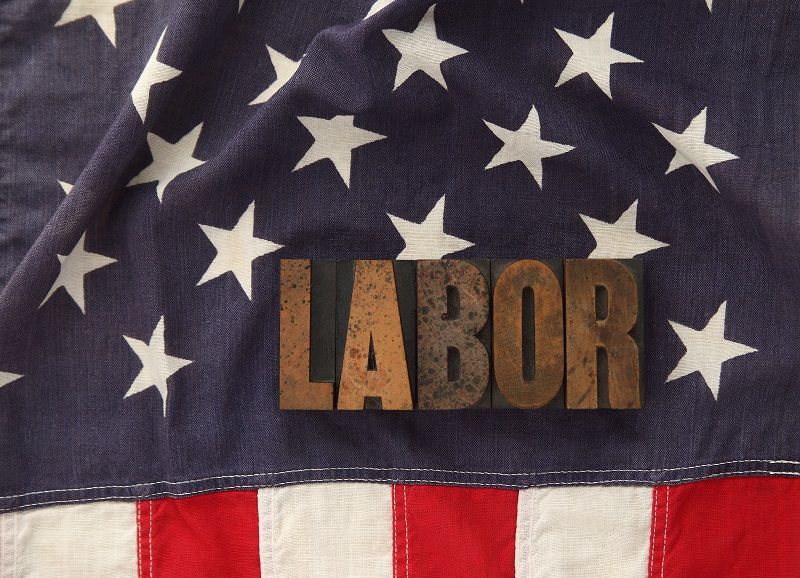By Lydia White
Just prior to Oregon’s July 1 minimum wage* increase from $9.75 to $11.25 (Portland Metro Area), a team of researchers from the University of Washington produced a study, published by the National Bureau of Economic Research, that measures the effects of Seattle’s $13 minimum wage. In just nine months, Seattle wages rose substantially, from $9.47 in 2014, to $11 in 2015, to $13 in 2016 (an increase of 37.3%), and again to $15 on the first of this year.†
Unique to this study is a data set collected by Washington’s Employment Security Department which tracks hours worked in addition to earnings, making this particular study the first of its kind. Washington and Oregon are among four states that track these data.
The study‡ found that the city’s mandates resulted in 5,000 fewer jobs around Seattle. The average low-wage employee saw 3% higher hourly wages, but 9% fewer hours worked, resulting in a net loss of $125 per month. For low-income households especially, an annual loss of $1,500 is significant.
Jacob Vigdor, one of the study’s authors, said, “Traditionally, a high proportion of workers in the low-wage market are not experienced at all: teens with their first jobs, immigrants with their first jobs here.”
Wages are prices, or market signals, that indicate the value of labor productivity employees create. Low-skilled, low-paying jobs provide the opportunity to acquire knowledge and experience they were previously without, setting up workers for their next, potentially higher paying jobs. Henry Hazlitt, author of Economics in One Lesson, wrote:
“The more the individual produces, the more his services are worth to consumers, and hence to employers. And the more he is worth to employers, the more he will be paid. Real wages come out of production, not out of government decrees.”
The least skilled are further disadvantaged when artificially high price floors are implemented. As described in the UW study, when the cost of employing a worker exceeds the value that worker creates, employers are forced to reduce hours or eliminate positions within their business by laying off employees, who are often replaced by automation. These alternatives harm low-wage employees.
Additionally, employers are less likely to take a chance by hiring an unskilled worker and instead will search for only the most qualified candidates. Since teenagers are naturally less skilled due to lack of work experience, these policies create higher youth unemployment. A study last December by Cascade Policy Institute examined these and other “unintended consequences” of the minimum wage on youth.
Instead of, or in addition to, cutting costs of labor, employers increase prices of their goods or services. Consumers may choose to forgo such products or reduce their levels of consumption, in turn decreasing the need for labor. When the price of goods inevitably catches up to the employee’s higher wages, they find the purchasing power of their earnings has diminished.
Furthermore, large businesses can more easily absorb wage increases by operating within thinner profit margins or relocating to a region with a lower minimum wage. Local mom-and-pop stores don’t enjoy that same flexibility and must close their doors. With less competition, larger businesses have more power to raise prices.
When economists warn against the costs associated with the minimum wage, it’s not to protect greedy capitalists; it’s to protect both the worker and the small business owner from being priced out of the market.
For the benefit of all Oregonians, political leaders should learn from our northern neighbors and create an environment that doesn’t punish low-wage workers and the businesses that employ them. They can start by repealing the state’s onerous minimum wage law.
*Oregon’s and Washington’s minimum wages vary depending on region, population, benefits, tips, and business size. The minimum wages discussed here refer to those of Seattle and the Portland Metro Area.
†The latest 2017 increase was not included due to incomplete data.
‡The study used a “relatively conservative” $19 per hour low-wage threshold to account for the spillover effect of “miscoding jobs lost when they have really been promoted to higher wage levels….”
Lydia White is a Research Associate at Cascade Policy Institute, Oregon’s free market public policy research organization. A version of this article originally appeared in The Coos Bay World on July 10, 2017.











